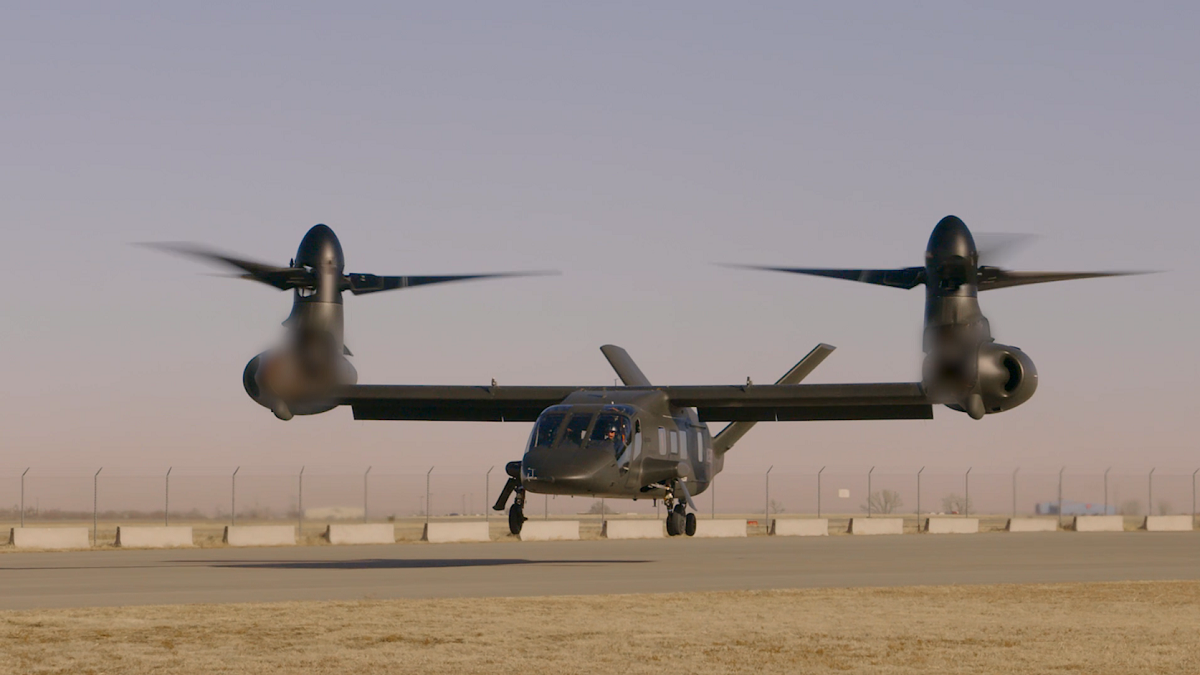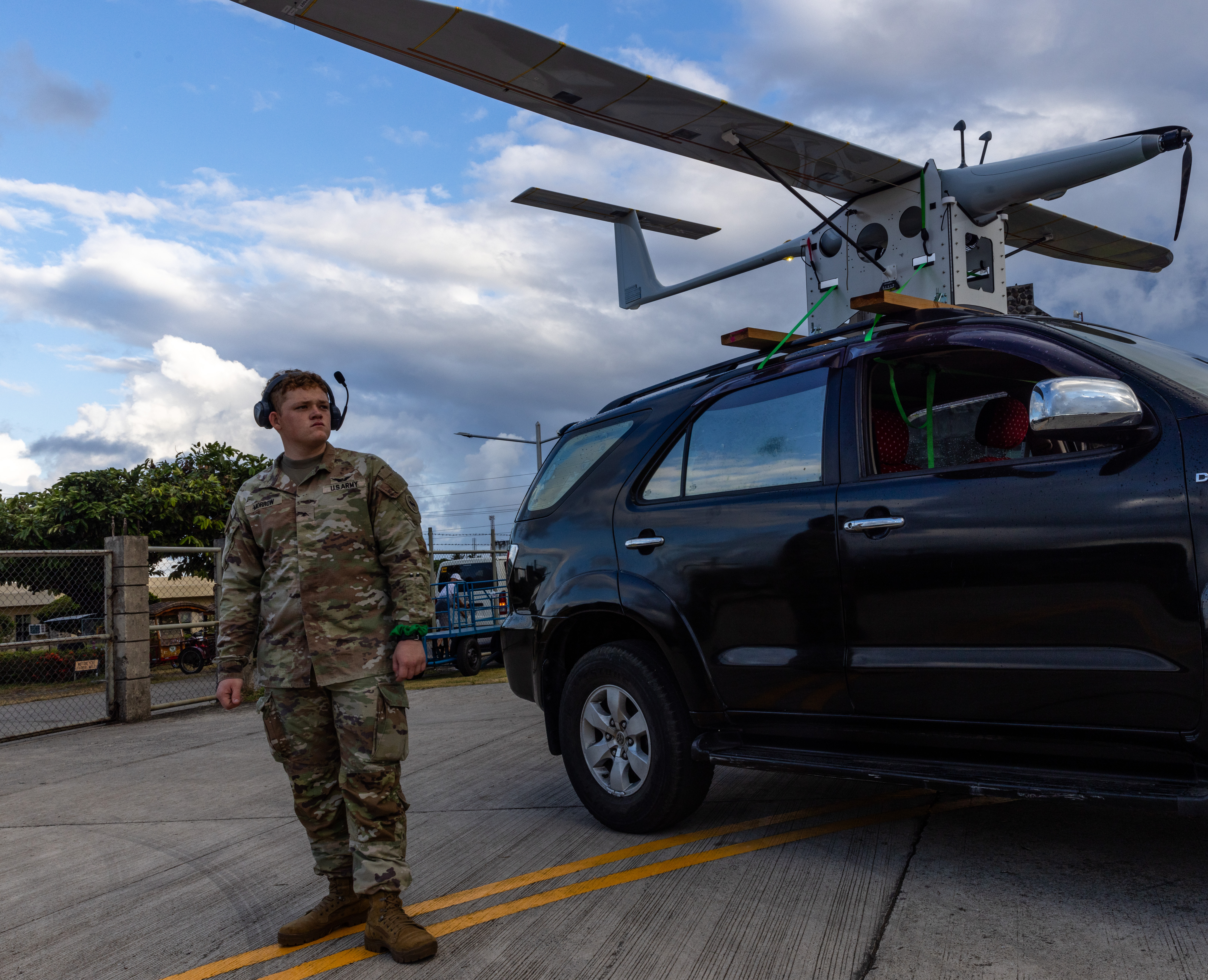[ad_1]

Bell Textron will build the U.S. Army’s Future Long Range Assault Aircraft, or FLRAA, fuselages in Wichita, Kansas, the company announced this week.
The company won the Army’s bid to build FLRAA in late 2022 following a competition in which it and a Sikorsky-Boeing team flew technology demonstrators for several years to evaluate aircraft capabilities and drive out risk to a future program of record.
Bell will use an existing facility near Textron Aviation Defense and plans to start work there “in the next several months,” according to a statement.
The company will also conduct supporting work at several of its advanced manufacturing facilities in Texas, like its Advanced Composite Center in Fort Worth. Final assembly will take place in Amarillo.
The Army’s FLRAA program moved out of technology development and into the critical engineering and manufacturing development phase in August.
The FLRAA program is estimated to be worth approximately $70 billion across its lifespan, including foreign military sales, and is set to replace roughly 2,000 Black Hawk utility helicopters.
The future advanced tiltrotor will not serve as a one-for-one replacement for existing aircraft, but it is expected around 2030 to take over the roles of the Black Hawk, long the Army’s workhorse.
The FLRAA program’s initial unit has already been delayed by one year due to protests by Sikorsky’s parent company, Lockheed Martin, over the service’s choice of Textron Bell’s advanced tiltrotor design. Sikorsky and Boeing’s design featured coaxial rotor blades.
The Government Accountability Office rejected Lockheed’s protest in April 2023.
The Army will now equip the first unit with the capability in fiscal 2031. A limited user test is expected sometime in FY27 to FY28.
The contract award in 2022 includes nine options — entering the engineering and manufacturing development phase means the Army will exercise the first option, under which Bell will deliver detailed aircraft design and build six prototypes.
The first aircraft in this phase is expected to fly in 2026, with low-rate initial production slated to begin in 2028.
“As Bell prepares for the next stage of FLRAA’s engineering and manufacturing development phase, we are committed to investing in advanced manufacturing to ensure we deliver exceptional performance at an affordable cost to our customer, Lisa Atherton, Bell’s president and CEO, said in the statement.
“Textron has a rich history with the state of Kansas as well as the city of Wichita,” she said, “and we are proud to deepen that relationship as we establish this new facility.”
Jen Judson is an award-winning journalist covering land warfare for Defense News. She has also worked for Politico and Inside Defense. She holds a Master of Science degree in journalism from Boston University and a Bachelor of Arts degree from Kenyon College.
[ad_2]
Source link


